Subtotal: $1,749.30
Items Included
- Canon EOS C400 6K Full-Frame Digital Cinema Camera (Canon RF)
- LCD Monitor
- LCD Bracket Mount
- Handle Unit
- Camera Grip
- Microphone Holder
- Limited 1-Year Manufacturer Warranty
Key Features
- 6K FF Back-Illuminated CMOS Sensor
- Full Frame, Super35 & Super16 Modes
- 6K60, DCI 4K/2K, UHD 4K120
- Triple-Base ISO: 800, 3200, 12,800
- PL Mount Adapter Available Separately
- Improved Dual-Pixel CMOS AF II
- Record Internal XF-HEVC S, XF-AVC S
- Record Internal Cinema RAW Light, XF-AVC
- Timecode, Genlock & Return Video Ports
- Compact Form, Ethernet & Wi-Fi Control
Creators looking to capture a rich cine look while accessing versatile imaging tools can now turn to Canon‘s RF-mount EOS C400 6K Full-Frame Digital Cinema Camera. Based around a new 6K full-frame, back-illuminated CMOS sensor, the C400 features three ISO bases of 800, 3200, and 12,800, covering a truly wide range of light levels. This digital cinema camera blends high-resolution imagery with both cine-style and broadcast features like an optional Cooke/i PL mount, return video, and both Super35 and Super16 modes with solo shooter-friendly functions such as Dual-Pixel CMOS AF II, internal ND filters, and a compact, lightweight form.
6K Full-Frame Sensor
Canon has placed its new 6K CMOS sensor at the heart of the C400 camera, enabling it to offer exceptionally low noise, increased sensitivity efficiency, and better 4K imagery via 6K oversampling. This is all made possible thanks to the improved light capture technology of the back-illuminated, stacked CMOS sensor.
Triple-Base ISOs
The same 6K CMOS sensor also provides the choice of a trio of ISO speeds: 800, 3200, and 12,800, so you can capture both the brilliance of settings like Times Square or a full-sun landscape and the nuances of available light scenes like an interior location or a nighttime city skyline.
Multiple Recording Formats
- Different projects demand specific recording formats, and the C400 has you covered with up to 6K60 Cinema RAW and HQ, ST, and LT Cinema RAW Light 12-bit modes. Oversampled 4K with amazing detail is available in 10-bit 4:2:2 with frame rates up to 120p, all without cropping the image on the sensor. Slow- and fast-motion can be captured at rates up to UHD 4K120 and 2K180.
- Canon has made your editing process easier with two new codecs: XF-AVC S and XF-HEVC S, both featuring an easier naming system and folder structure and metadata preservation, all within the established MP4 format.
Optional PL-Mount Adapter
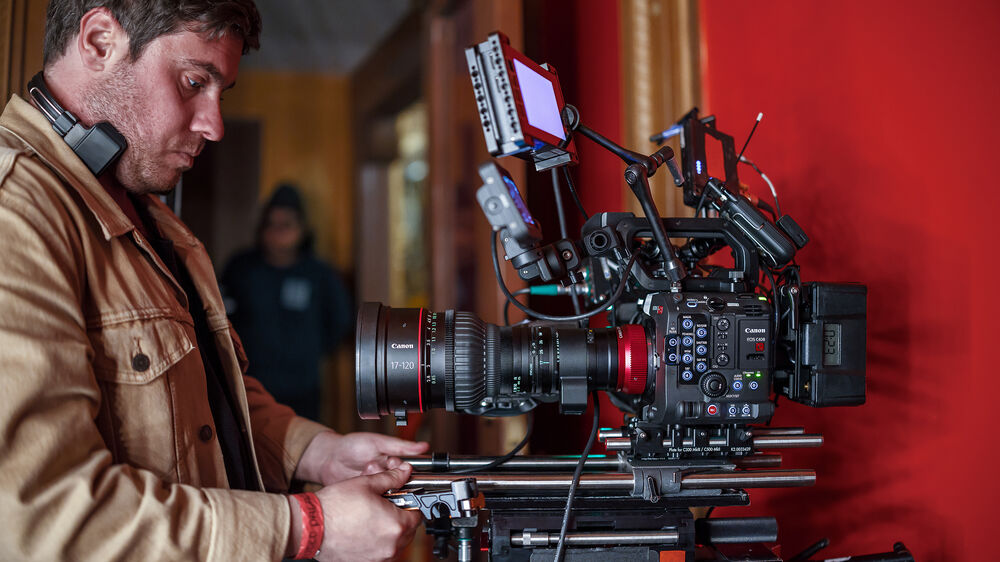
Widen your lens choices to include a range of beautiful pro cinema “glass” using the separately available PL-RF adapter for the C400. This adapter includes side lock plates for a secure fit and transfers Cooke/i metadata for VF/X and other post-production uses.
Dual Media Slots
Fans of proxy recordings will appreciate the CFexpress Type-B and SD card slots on the C400, which enable sub-recording and proxy capture using the SD card slot while simultaneously recording up to raw using a CFexpress card.
Mechanical ND Filters
Whether you’re shooting a cine-style feature or grabbing run-and-gun footage for a documentary or event coverage, you’ll appreciate the ability to quickly dial in up to 10 stops of ND filtration with the C400. This near-instant exposure adjustment enables you to maintain your chosen depth of field since it negates the need to stop down on your lens.
Compact, Lightweight Body
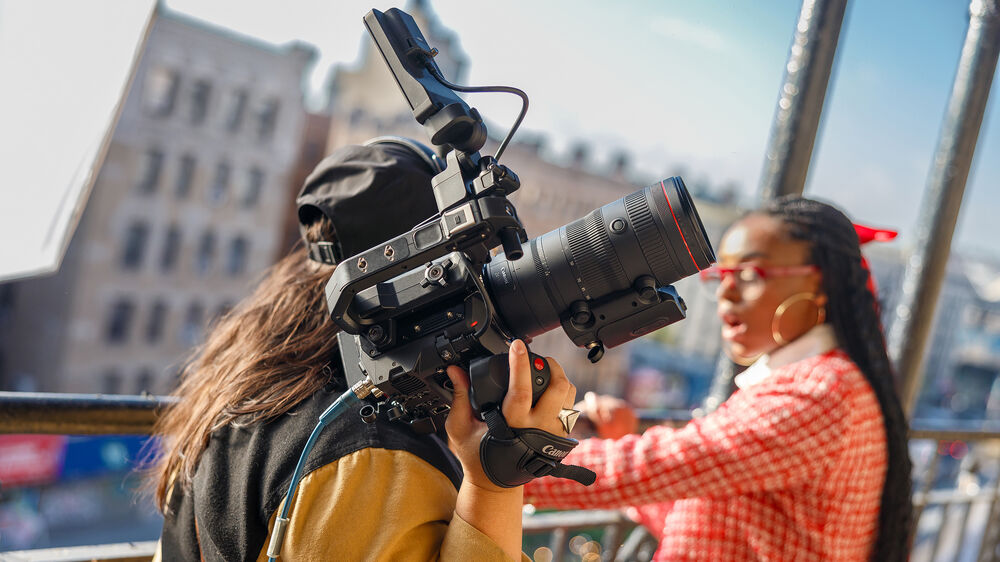
Canon’s RF lens mount features a short flange back, reducing its lens mount area and overall size, which makes it the ideal camera for gimbal, handheld, or drone capture.
Improved Autofocus Function
For those moments or whole shoots where you’re not assisted by a focus puller, the C400 offers Canon’s dual-pixel autofocus function, which has been improved by the wider area of the back-illuminated CMOS sensor, which is available for autofocus. Intelligent tracking lets you follow the eyes, face, head, and body areas of a subject with increased accuracy. For nature documentary shooters, the C400 provides the ability to detect the eyes, face, or body of select animals without being affected by their size or facial orientation.
Production and Broadcast Features
- The versatile C400 incorporates a variety of interfaces that make it suitable for both film- and broadcast-style productions. These ports include 12G-SDI, 3G-SDI, and HDMI video outputs, dual mini-XLR audio inputs, timecode, genlock, and return video DIN connectors, and a 12-pin lens port.
- An automatic clear-scan mode for the shutter detects your light source’s frequency, helping to reduce or eliminate the flickering sometimes found in LED walls.
LCD, Handle, and Grip
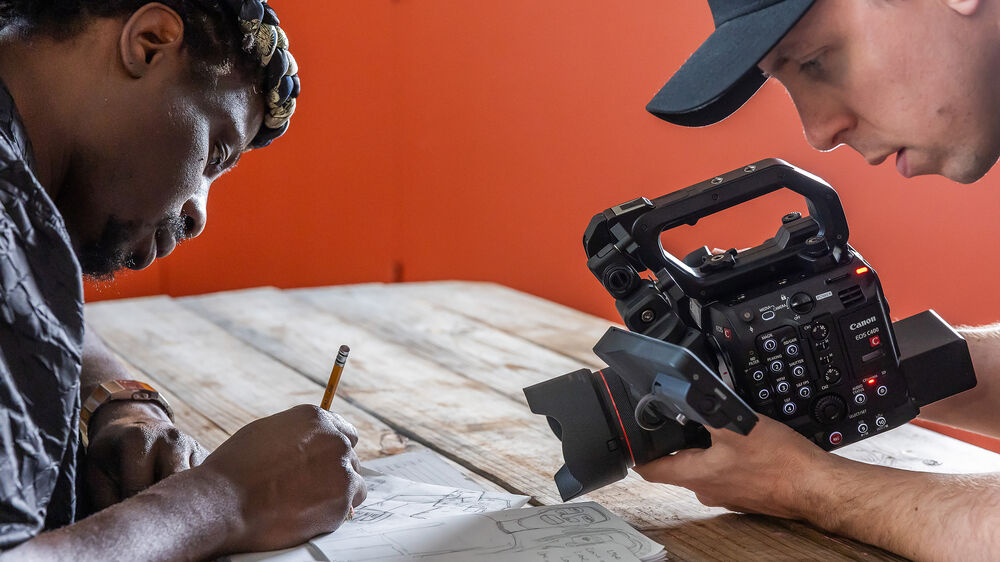
Ergonomic improvements featured by the C400 include a new touchscreen LCD, grip, and battery. The LCD mount has both angle and length adjustments for optimal positioning of the LCD whether you’re shooting handheld, shoulder-mounted, or on a tripod. The ergonomic, articulated handgrip features a multifunction shoe, three assignable buttons, and captive screws that won’t get lost when you’re mounting or detaching the grip.
Ethernet/Wi-Fi Control and IP Streaming
Use the C400’s Ethernet port and Canon’s IP-based XC protocol to add RC-IP1000, RC-IP100, or third-party remote-control shading to your broadcast-style shoot. The Canon RCCA (Remote Control Camera Application) is compatible with the C400, enabling control of camera settings and multicamera control. The C400 also offers IP streaming using the SRT protocol.
| Image Sensor | |
| Sensor Resolution | |
| Image Stabilization | |
| Internal Recording | |
| Video Output | |
| Media/Memory Card Slot | |
| Video I/O | |
| Mobile App Compatible | |
| Battery Type |
Imaging
| Lens Communication | |
| Image Sensor | |
| Sensor Resolution | |
| Image Stabilization | |
| Built-In ND Filter | |
| Capture Type |
Exposure Control
| Shutter Type | |
| Shutter Angle | |
| Advertised Dynamic Range | |
| White Balance |
Focus
| Focus Modes |
Video Capture
| Internal Recording | |
| Video Output | |
| Fast-/Slow-Motion Support | |
| Gamma Curve | |
| Built-In Microphone | |
| IP Streaming |
Interface
| Media/Memory Card Slot | |
| Video I/O | |
| Audio I/O | |
| Power I/O | |
| Other I/O | |
| Mobile App Compatible | |
| Global Positioning (GPS, GLONASS, etc.) |
Monitor
| Display Type | |
| Resolution |
Power
| Battery Type | |
| Power Consumption |
General
| Shoe Mount | |
| Accessory Mounting Thread | |
| Dimensions (W x H x D) | |
| Weight |
Packaging Info
| Package Weight | |
| Box Dimensions (LxWxH) |

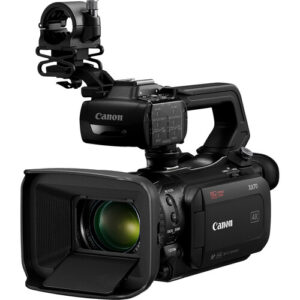 Canon XA70 UHD 4K30 Camcorder with Dual-Pixel Autofocus
Canon XA70 UHD 4K30 Camcorder with Dual-Pixel Autofocus 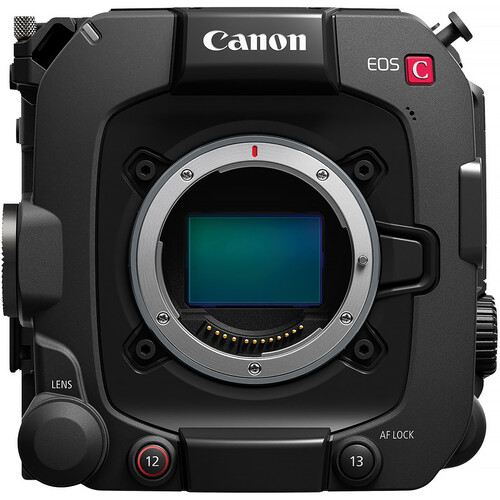
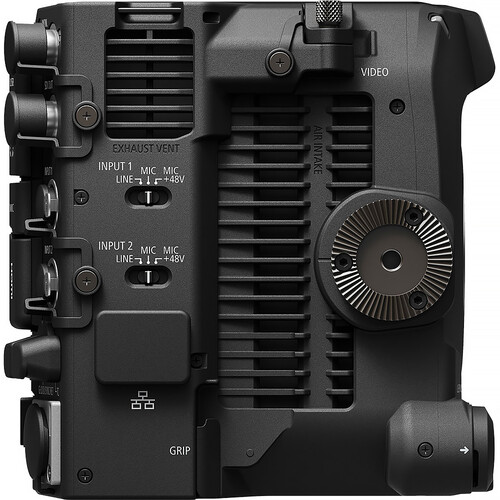
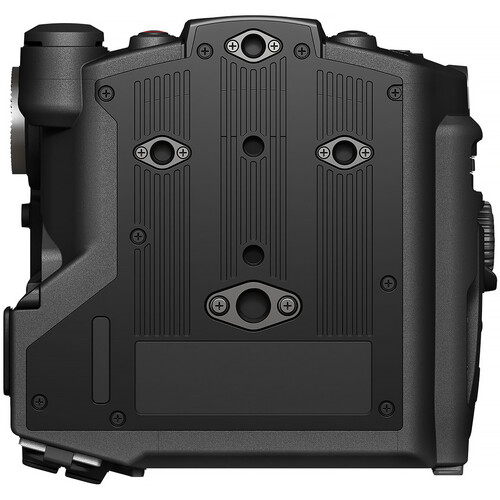
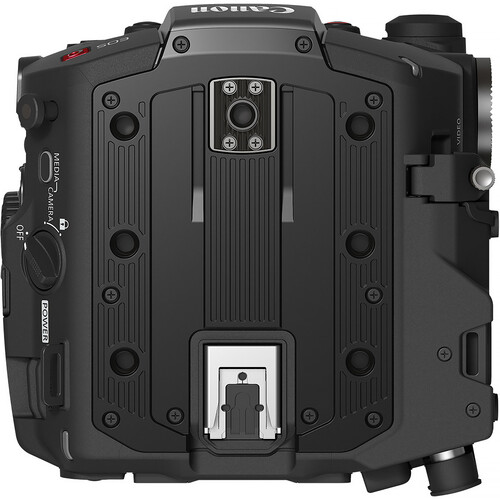
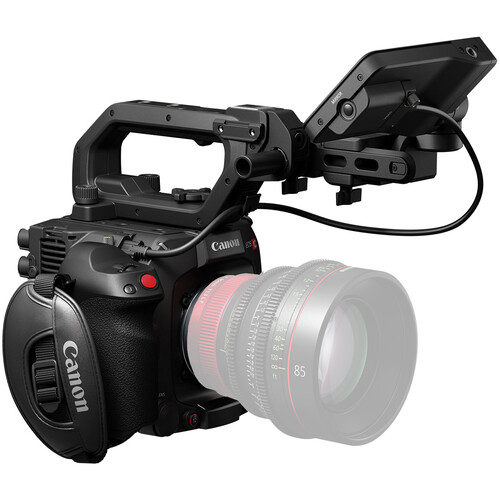

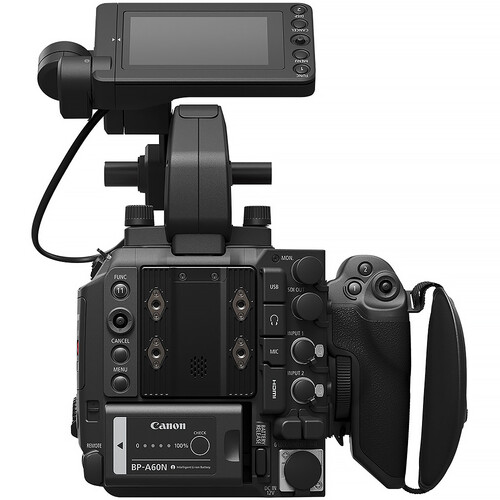
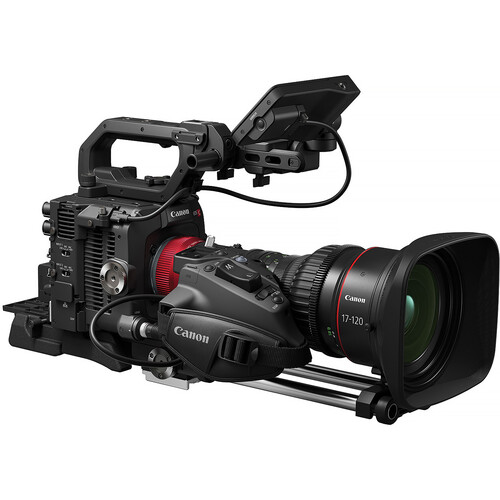

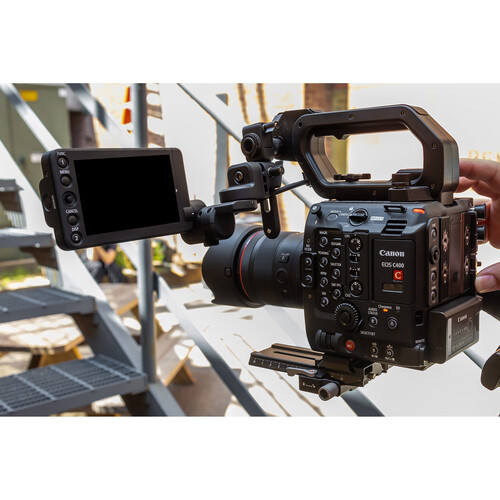
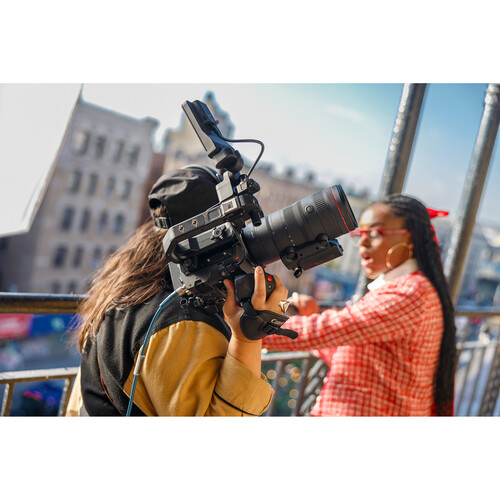
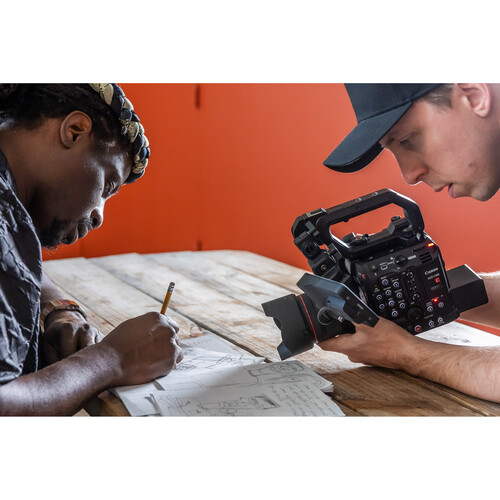
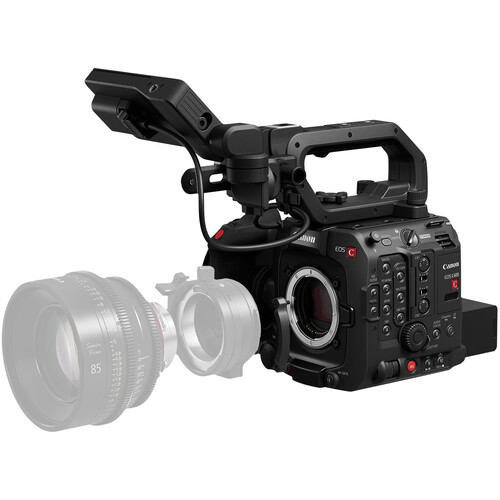
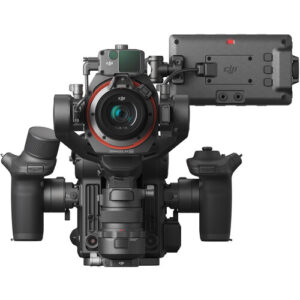
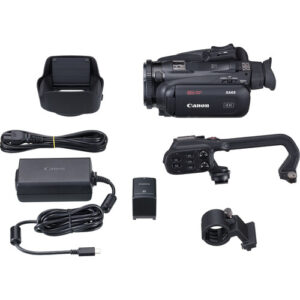

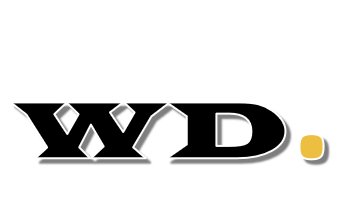
Alex –
Really fantastic experience shooting with this camera. It’s a great upgrade from the R5C and, because of the features their accessibility, it makes life a lot easier and shooting more fun. My favorite features are internal ND and the ability to shoot 4k 120 in Super35…with selectable audio focus!
Alex –
John N –
This addition to my growing Canon family checks all of the boxes. The imagery is beautiful. XLR audio input is solid. And now my R5C functions as a second camera which edits seamlessly with the C400 footage. Great purchase.
John N –
George –
After struggling to take good quality video shots with so called hybrid cameras for years I finally bought Canon C400 camera. And what a difference – built-in ND system at the press of a button, better sensor with more dynamic range, ability to ergonomically use v-lock batteries, and better designed body and controls for shooting video. Love it!
George –
Geoff –
Bravo Canon! I’ve been shooting a commercial on this the past week with this camera and it has been a stunning performer.
Great image, fantastic RS for the sensor size. Light but with all the connection needed for production (Dual SDI)! Internal ND, mirrorless mount, fantastic battery life.
Turns on quickly and operates like a professional camera should. I am wildly impressed.
Only 2 things would make it perfect.
1) At least 1 full size XLR.
2) Open Gate shooting, let us use that full sensor!
Highly recommend this camera for ANY situation.
Geoff –
Edward –
Love everything from the form factor, IO, image quality, etc. I do wish the noise pattern in the shadows was cleaner like the DGO sensors, but its a trade off for better rolling shutter and triple base ISO. So, expose your images well and you should be good.
Edward –
Geoff –
So far so good. Have done some tests next to other cameras and happy with the results for this tier of camera. It creates a very sharp and clean image. Dynamic range is nice and a bit better compared to similar systems like the FX6. The 6k Raw options are nice to have, but the XVAC workflow is where it will probably shine the most compared to similar cameras. Not a true Triple Base ISO, acts more like the FX6 high sensitivity mode where you lose a bit of dynamic range and gets a touch noisier than the previous base, BUT the option to drop to 6400 at Base 12800 is super helpful. Only downside may be that it’s a bit bigger and heavier when compared to an FX6, but not a big deal for my uses. Packed with helpful features, this camera should make a great workhorse for a variety of types of projects.
Geoff –
Jason –
The Image from this camera is stunning and both the raw and compressed 6k and 4k images are easy to work with in resolve. It pairs well with my L series glass with flawless RF autofocus and also my quiver of cine glass and vintage glass with the DJI lidar. I have it in the Kondor Blue cage and working over SDI with a 7” Small HD indie. I’ve heard people talk about the dynamic range but I feel it’s better than my R5c for sure – can’t comment about the C70 comparison but the 3200 and 12800 ISO and built in ND has me covered for my needs.
Jason –
Ethan –
I landed on the C400 because I was looking for a camera that gave me internal ND, pro audio options, an RF mount for my current photo lenses, a full frame sensor, good low light performance, as well as a form factor that has more rigging options. I think this camera checks all those boxes nicely. I like to shoot wide and I am coming from the R5C so I really wanted that full frame, but R5C lacks the NDs as well as pro audio features which make a huge difference as a solo cameraman. The C400 allows for all the rigging that a box style camera allows for too. So really the C400 just makes shooting easier and more fun especially in a run and gun or documentary style shoot. The C80 also looks nice but the form factor of the C400 justifies the extra cost in my opinion. It makes mounting batteries and running the camera as a shoulder rig so much nicer.
I also was considering the Blackmagic Pyxis, however those internal NDs were something that I found really useful for filming outdoors when I was shooting with the C200. And the other options from Blackmagic and Red were either super 35 sensor cameras or they were out of my price range. That leaves the fx6 which of course does not work with my rf lenses which I need for commercial shoots for now.
I rigged the camera with a cage from Tilta, a rode ntg3, an fxlion battery, and I like to use the Blazar Remus lenses as much as I can.
I am writing all of this to hopefully help someone who is considering this camera, because it is a decent investment or at least it was for me. But so far I would say it is worth it, it has definitely made filming even for enjoyable than it already was, and it has given me features like pro audio that will make my films better even though I am a solo operator.
Also the new firmware update added 1.5x de-squeeze which is something I was really hoping for!
Ethan –
T. Miley –
I’ve been shooting with the Canon C400 after coming from the R5C, and the difference has been pretty significant. Yes, the body is bigger than the R5C (obviously), but considering what it does, it still feels compact—especially for a cinema camera.
The dynamic range is the first thing I noticed. C-Log 2 is just awesome. I’m getting way more flexibility in the shadows and highlights than I did before, and I don’t feel like I’m fighting the image in post anymore. The triple-base ISO is also a nice touch—super helpful when bouncing between lighting conditions.
One of the things I love most is how many physical buttons it has. Everything’s customizable, so I can set it up exactly how I like to work. That alone saves me time on set.
I picked up the smaller Canon battery (the Canon BP-A30N Battery Pack) so it would fit better on my DJI Ronin, and it’s been working really well with the gimbal. Even though it’s bulkier than the R5C, it still balances out nicely when I keep the rig lean.
The modular design is a big win, too. I can build it up when I need a full rig, or break it down when I need to go lightweight—it just adapts to whatever the project calls for.
All in all, it’s been a solid upgrade. Definitely a quality upgrade that feels made for real-world shooting. If you’re stepping up from something like the R5C, this one makes a lot of sense.
T. Miley –
William –
Basically a better C500II. High frame rates. Compact body. Super happy. Everything works as it should. AF working great. Perfect A cam for commercials and travel docs.
William –
Steve –
I have had in hand a Sony FX3 and FX6. A RED Komodo and a Canon C300 MKII. I used to own the C100 OG and loved it back then. I tried the C500 MKII and have to say the C400 is my fave of all I have tried, Quality is stunning, ease of use is remarkable and while it is not perfect (GOOD IBIS would have been welcomed) I can not argue with the performance. It has a different look from the C300 MKII but I much prefer the C400 look. Low light, not an issue. Just a great cinema camera and one that is a deal when you compare it ti the rest,
Steve –
Keylan –
I run a small media company. We are primarily photo based but we do video content as well.
I had a C70, and while I loved it I had a lot of complaints. The image was beautiful, but it was SOFT. Not soft, but just soft. It’s great for narrative work but that’s not what we do. Everyone around has super sharp Sony footage and I always found that my C70 footage just didn’t hold up compared to the competition. On the same note, low light on the c70 was abysmal. Anything past 1600 was noisy and past 3200 was virtually unusable. It got so bad that I bought a used A7Siii just to compete with my competition.
Then comes the C80/C400. I immediately preordered a C400 when it launched. I couldn’t be happier. The image is incredible. It’s sharp, vibrant and it handles highlights well!
I would have gone with the C80 but I never really liked the form factor. It’s too big to run on a handheld Ronin all day but it’s too small to effectively rig out fully. The C400 is perfect. All the IO I could ever use and the boxy body balances perfectly on a shoulder rig, easy rig or sticks.
We are currently using the A7Siii on the gimbal and matching it with the C400 on sticks for most of our productions.
I would implore Canon to just put this sensor in an R Body and I’d buy multiple of them.
All around, the C400 is an incredible camera and it has my FX6 buddies jealous.
Highly recommend!
Keylan –